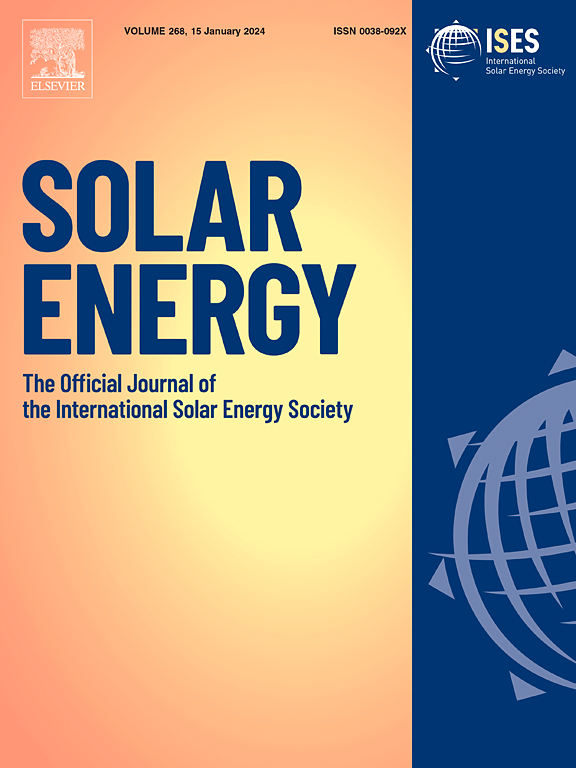Study on the separation of crystalline silicon photovoltaic modules using the green solvent NMP
IF 6
2区 工程技术
Q2 ENERGY & FUELS
引用次数: 0
Abstract
Solar energy, with its advantages of safety, reliability, cleanliness, and wide distribution, has seen a significant increase in photovoltaic (PV) installations. However, this growth has led to a large number of end of life PV modules. The adhesive effect of EVA (ethylene–vinyl acetate) makes it difficult to effectively separate and recycle the various layers of these modules. Therefore, the key to recycling silicon PV modules lies in removing or weakening the adhesive properties of EVA while protecting core components such as silicon from damage, thereby achieving efficient separation and recycling of the layers. This paper proposes a novel green treatment method using N-methylpyrrolidone (NMP) as a solvent for recycling discarded PV modules. Through experimental studies, we investigated the effects of different NMP treatment conditions-including temperature, time, sheet size, and rotor speed-on the reaction rate of EVA. The optimal processing condition was found to be heating at 150 °C for 45 min. Kinetic fittings were performed under various conditions, and parameters were characterized using scanning electron microscopy (SEM), Fourier transform infrared spectroscopy (FTIR), and contact angle measurements. The mechanism of the reaction between NMP and EVA was analyzed. Finally, experiments were conducted on Commercial PV modules to develop a fundamentally harmless recycling process. A life cycle assessment of this recycling process was also carried out, providing theoretical guidance for future applications of NMP in the treatment of waste silicon PV modules.
绿色溶剂NMP分离晶体硅光伏组件的研究
太阳能以其安全、可靠、清洁和广泛分布的优点,在光伏(PV)装置中显着增加。然而,这种增长导致了大量的光伏组件报废。EVA(乙烯-醋酸乙烯)的粘合作用使得这些模块的各个层难以有效分离和回收。因此,回收硅光伏组件的关键在于去除或削弱EVA的粘合性能,同时保护硅等核心部件不受损坏,从而实现层的有效分离和回收。本文提出了一种利用n -甲基吡咯烷酮(NMP)作为溶剂回收废弃光伏组件的新型绿色处理方法。通过实验研究,考察了不同NMP处理条件(温度、时间、板材尺寸、转子转速)对EVA反应速率的影响。最佳的加工条件是在150°C下加热45分钟。在各种条件下进行动力学装配,并使用扫描电子显微镜(SEM),傅里叶变换红外光谱(FTIR)和接触角测量对参数进行表征。分析了NMP与EVA反应的机理。最后,对商用光伏组件进行了实验,以开发一种基本无害的回收过程。对该回收过程进行了生命周期评估,为NMP在废硅光伏组件处理中的未来应用提供了理论指导。
本文章由计算机程序翻译,如有差异,请以英文原文为准。
求助全文
约1分钟内获得全文
求助全文
来源期刊

Solar Energy
工程技术-能源与燃料
CiteScore
13.90
自引率
9.00%
发文量
0
审稿时长
47 days
期刊介绍:
Solar Energy welcomes manuscripts presenting information not previously published in journals on any aspect of solar energy research, development, application, measurement or policy. The term "solar energy" in this context includes the indirect uses such as wind energy and biomass
 求助内容:
求助内容: 应助结果提醒方式:
应助结果提醒方式:


